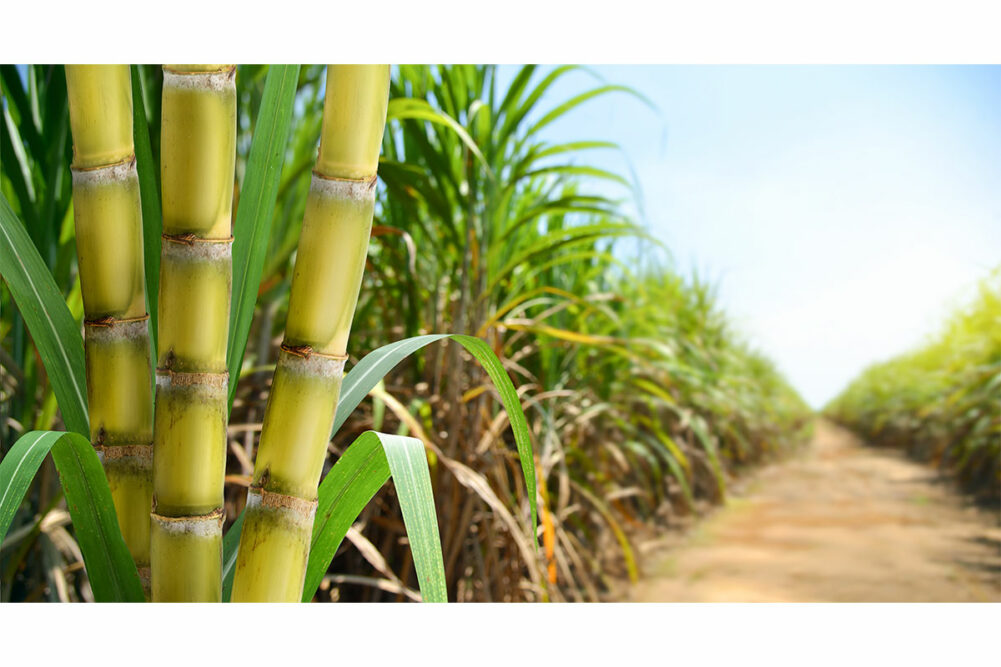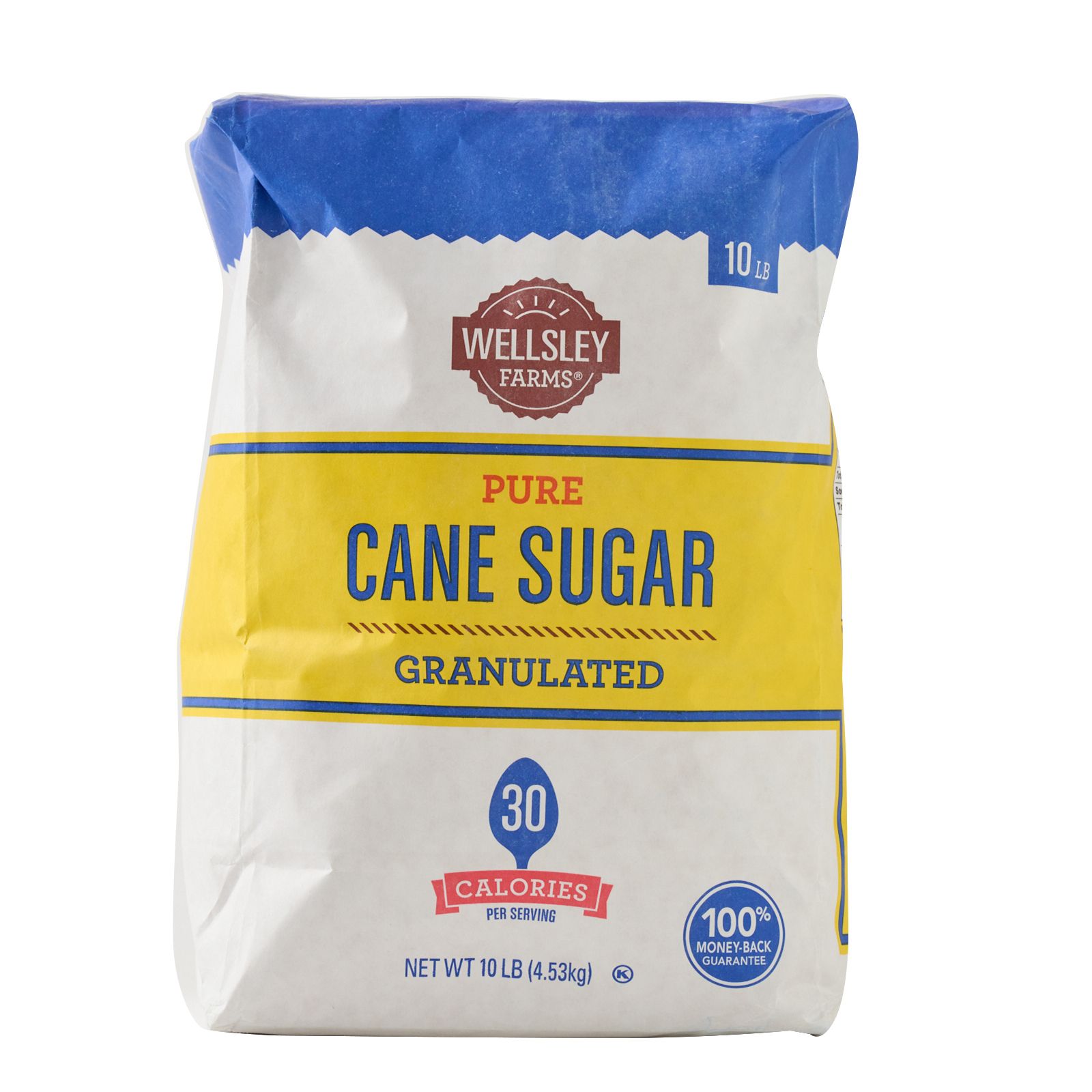Cane Sugar Processing Explained: What Occurs Inside a Sugar Mill
Cane Sugar Processing Explained: What Occurs Inside a Sugar Mill
Blog Article
A Comprehensive Overview to the Ecological Impact and Sustainability Practices in Cane Sugar Handling
The environmental impact of walking cane sugar processing offers a complex array of challenges that warrant cautious evaluation. From soil degradation and excessive water use to the carbon impact related to growing and production, the consequences of conventional techniques are far-ranging. On the other hand, the fostering of innovative sustainability steps uses a path towards more accountable manufacturing approaches. Recognizing the interaction between these concerns is critical for stakeholders in the market. What particular techniques can be implemented to strike an equilibrium in between efficiency and ecological stewardship? The answers hinge on a better consider both the challenges and possible options.
Review of Walking Cane Sugar Processing
Walking stick sugar processing involves a series of methodical steps that transform sugarcane into polished sugar. Originally, collected sugarcane is transported to refining centers, where it goes through cleaning to remove dirt and debris. Following this, the walking cane is crushed to extract juice, which is after that made clear by removing impurities with heating and the addition of lime.
The clarified juice undertakes evaporation, where water is gotten rid of to concentrate the sugar content. This focused syrup is then taken shape with cooling, enabling sugar crystals to develop. These crystals are divided from the continuing to be syrup utilizing centrifugation, leading to raw sugar. To achieve polished sugar, the raw product goes through further filtration procedures, which may consist of filtering and washing to get rid of continuing to be contaminations and shade.
The end product is then dried and packaged for circulation. Throughout this whole process, keeping effectiveness and quality assurance is important to ensure the sugar meets industry standards. Each action in cane sugar processing not only adds to the last product but also has effects for resource usage and waste generation, establishing the phase for discussions on sustainability and environmental impacts connected with sugar manufacturing.
Ecological Obstacles of Manufacturing
The manufacturing of walking stick sugar presents a number of significant ecological obstacles that warrant interest. One main worry is the comprehensive use agrochemicals, including fertilizers and pesticides, which can result in soil destruction, biodiversity loss, and contamination of neighborhood water sources. The overflow from sugarcane areas typically lugs these chemicals right into nearby ecosystems, interrupting water life and influencing the health of communities reliant on these water bodies.
An additional difficulty is the high energy consumption connected with sugarcane processing. The boiling and refining stages call for considerable warm, mostly created by melting fossil fuels, adding to greenhouse gas exhausts. Furthermore, the extensive acreage needed for sugarcane growing can cause deforestation and environment damage, more exacerbating environment modification and threatening wild animals.
Moreover, the labor techniques in some areas increase ethical concerns, as employees may deal with bad working problems and insufficient salaries. This situation often bolsters a cycle of poverty in local areas. Cane Sugar Processing. Addressing these ecological obstacles is vital for establishing a lot more lasting techniques in walking stick sugar production, eventually profiting both the setting and the communities associated with this sector
Water and Land Use Influence
Water resources and land use are essential components in the walking stick sugar sector that considerably influence the environment. The cultivation of sugarcane calls for considerable water input, with price quotes recommending that it can eat approximately 2,000 litres of water per kilogram of sugar created. This extensive use water frequently brings about deficiency of regional water resources, influencing not only the sugarcane vineyards but also surrounding environments and areas that count on the same water resources for farming and residential usage.

In addition, land use for sugarcane growing can cause deforestation and the conversion of natural environments right into monoculture vineyards. This method decreases why not find out more biodiversity, disrupts local ecosystems, and adds to soil degradation. The development of sugarcane fields commonly trespasses on important agricultural land, developing competition for sources between food and biofuel manufacturing.
Lasting methods, such as optimizing watering methods and executing plant rotation, are important to reduce these influences. By adopting extra effective water use and land administration techniques, the walking cane sugar industry can minimize its environmental impact, guaranteeing an equilibrium between agricultural performance and ecological preservation.
Greenhouse Gas Emissions
Greenhouse gas discharges stand for a considerable ecological worry within the walking cane sugar handling sector, specifically as farming techniques broaden to satisfy international demand. The growing of go sugarcane, a plant that grows in exotic environments, relies heavily on synthetic fertilizers and chemicals, which add to nitrous oxide discharges. Furthermore, land-use changes, consisting of logging for brand-new sugarcane haciendas, launch carbon dioxide stored in plant life and soil.
Throughout handling, power intake is an additional significant resource of greenhouse gas emissions - Cane Sugar Processing. Several sugar mills use nonrenewable fuel sources to power equipment and create heat, resulting in considerable carbon footprints. In addition, the transport of raw sugarcane and completed items adds layers of discharges through fuel burning in lorries
The cumulative effect of these emissions intensifies environment adjustment, presenting threats not just to the environment yet additionally to the long-lasting practicality of the sector. Stakeholders have to acknowledge the urgent requirement for comprehensive approaches that attend to these emissions. This includes assessing present farming practices, processing approaches, and transport systems to identify areas for improvement and reduction. Addressing greenhouse gas exhausts is crucial for fostering an extra sustainable walking stick sugar sector in a changing climate.

Sustainable Practices and Innovations
Sustainable techniques and technologies are progressively important in the walking cane sugar handling sector as stakeholders seek to reduce environmental effects while keeping productivity. One considerable advancement is the implementation of incorporated plant administration, which optimizes source usage by combining dirt administration, insect control, and crop rotation strategies. This method improves return while decreasing chemical inputs and protecting dirt health and wellness.
Furthermore, the adoption of renewable resource resources, such as biomass from sugarcane residues, has obtained traction - Cane Sugar Processing. By transforming waste items into power, refining centers can minimize their dependence on nonrenewable fuel sources, consequently lowering greenhouse gas discharges
Water administration practices have actually additionally seen enhancements via the recycling and reusing of water in processing plants, considerably decreasing freshwater usage. Technologies in modern technology, such as accuracy farming, enable farmers to keep track of crop health and wellness and resource usage better, guaranteeing sustainable farming techniques.
Additionally, accreditation programs like Fair Trade and Rainforest Alliance urge eco liable Homepage farming techniques and promote social equity within the supply chain. By embracing these lasting methods and advancements, the cane sugar handling market can enhance its strength and contribute favorably to environmental stewardship.
Conclusion
The ecological effect of walking cane sugar handling provides substantial challenges, consisting of soil deterioration, high water intake, and greenhouse gas emissions, along with moral worries connected to labor practices. Dealing with these concerns with lasting practices, such as integrated crop management, renewable resource fostering, and water recycling, is crucial. By promoting socially fair and eco liable methods in sugar production, the industry can mitigate its adverse effects, guaranteeing an extra lasting future for both communities and ecosystems involved in this sector.
Walking cane sugar handling entails a collection of systematic actions that transform sugarcane into polished sugar. Each action in walking cane sugar processing not just contributes to the final product yet likewise has ramifications for resource usage and waste generation, setting the stage for conversations on sustainability and environmental impacts connected with sugar production.
Greenhouse gas exhausts represent a significant ecological issue within the walking stick sugar handling sector, especially as agricultural methods expand to satisfy international demand.Lasting practices and innovations are progressively essential in the walking stick sugar processing industry as stakeholders seek to decrease ecological effects while keeping productivity.The environmental effect of walking stick sugar processing provides substantial obstacles, including soil degradation, high water usage, and greenhouse gas discharges, together with honest worries connected to labor techniques.
Report this page